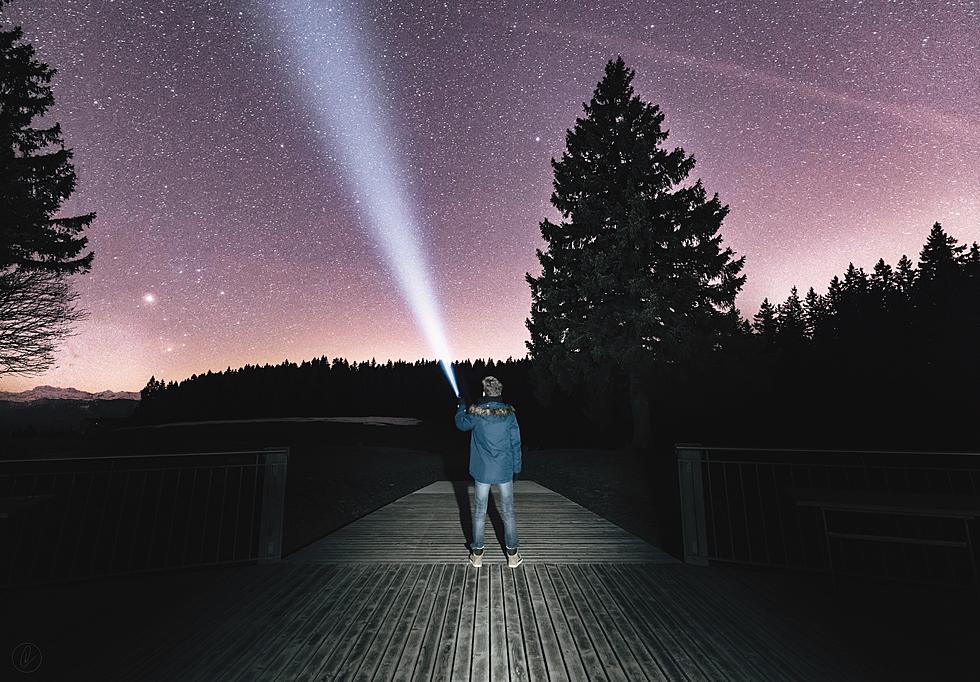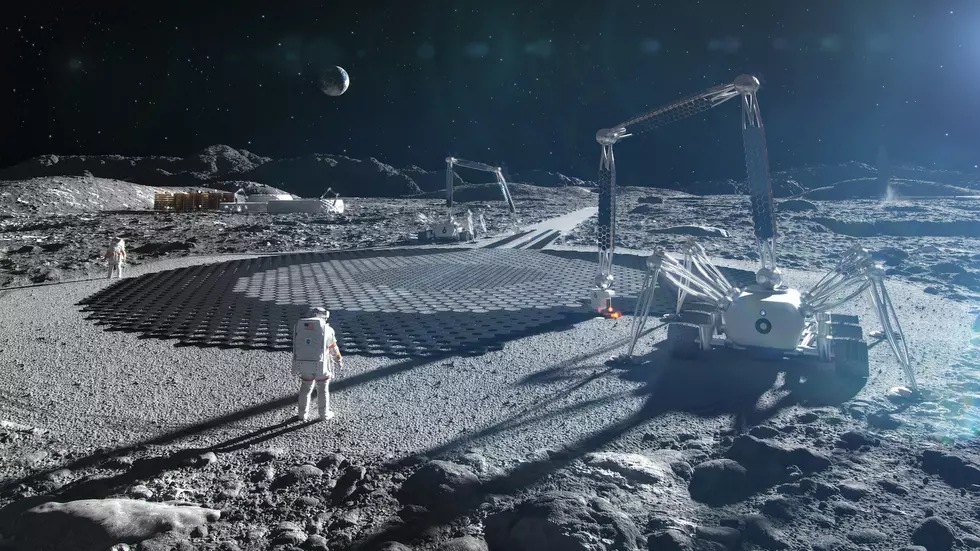
NASA’s Curiosity Lands on Mars
People from all over the world watched live late last night and early this morning as NASA's $2.5 billion dollar rover successfully landed on the planet Mars. Not only did it land, but it started sending back pictures (see bottom of this article) for all of Earth to see. In the next two years, Curiosity will dig into Mars and scoop up the red soil in order to see if Mars was ever the right environment for life. Curiosity landed in a giant crater, but will make it's way to a mountain that rises out of the crater to collect samples. According to the USA Today:
Minutes after the landing signal reached Earth at 10:32 p.m. PDT (0532 GMT), Curiosity beamed back the first black-and-white pictures from inside the crater showing its wheel and its shadow, cast by the afternoon sun.
"We landed in a nice flat spot. Beautiful, really beautiful," said engineer Adam Steltzner, who led the team that devised the tricky landing routine.
Celebrations by the mission team were so joyous over the next hour that JPL Director Charles Elachi had to plead for calm in order to hold a press conference. He compared the team to athletic teams that go to the Olympics.
"This team came back with the gold," he said.
The extraterrestrial feat injected a much-needed boost to NASA, which is debating whether it can afford another Mars landing this decade. At a budget-busting $2.5 billion (€2 billion), Curiosity is the priciest gamble yet, which scientists hope will pay off with a bonanza of discoveries.
"The wheels of Curiosity have begun to blaze the trail for human footprints on Mars," said NASA chief Charles Bolden.
President Barack Obama lauded the landing in a statement, calling it "an unprecedented feat of technology that will stand as a point of national pride far into the future."
The voyage to Mars took more than eight months and spanned 352 million miles (566 million kilometers). The trickiest part of the journey? The landing. Because Curiosity weighs nearly a ton, engineers drummed up a new and more controlled way to set the rover down. The last Mars rovers, twins Spirit and Opportunity, were cocooned in air bags and bounced to a stop in 2004.
Curiosity relied on a series of braking tricks, similar to those used by the space shuttle, a heat shield and a supersonic parachute to slow down as it punched through the atmosphere.
And in a new twist, engineers came up with a way to lower the rover by cable from a hovering rocket-powered backpack. At touchdown, the cords cut and the rocket stage crashed a distance away.
The nuclear-powered Curiosity, the size of a small car, is packed with scientific tools, cameras and a weather station. It sports a robotic arm with a power drill, a laser that can zap distant rocks, a chemistry lab to sniff for the chemical building blocks of life and a detector to measure dangerous radiation on the surface.
It also tracked radiation levels during the journey to help NASA better understand the risks astronauts could face on a future manned trip.
Over the next several days, Curiosity was expected to send back the first color pictures. After several weeks of health checkups, the six-wheel rover could take its first short drive and flex its robotic arm.
The landing site near Mars' equator was picked because there are signs of past water everywhere, meeting one of the requirements for life as we know it. Inside Gale Crater is a 3-mile-high (5-kilometer-high) mountain, and images from space show the base appears rich in minerals that formed in the presence of water.
A great day for science and a great day for NASA. I'm looking forward to seeing more pictures and information from Mars. Below was the first image from Mars.
More From News/Talk 95.1 & 790 KFYO









